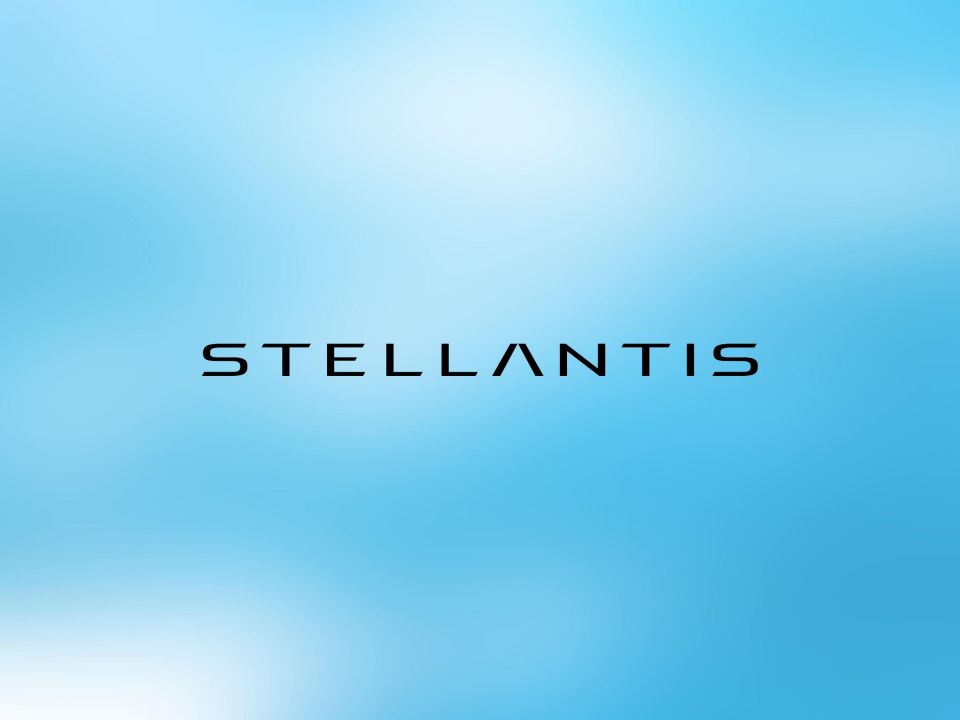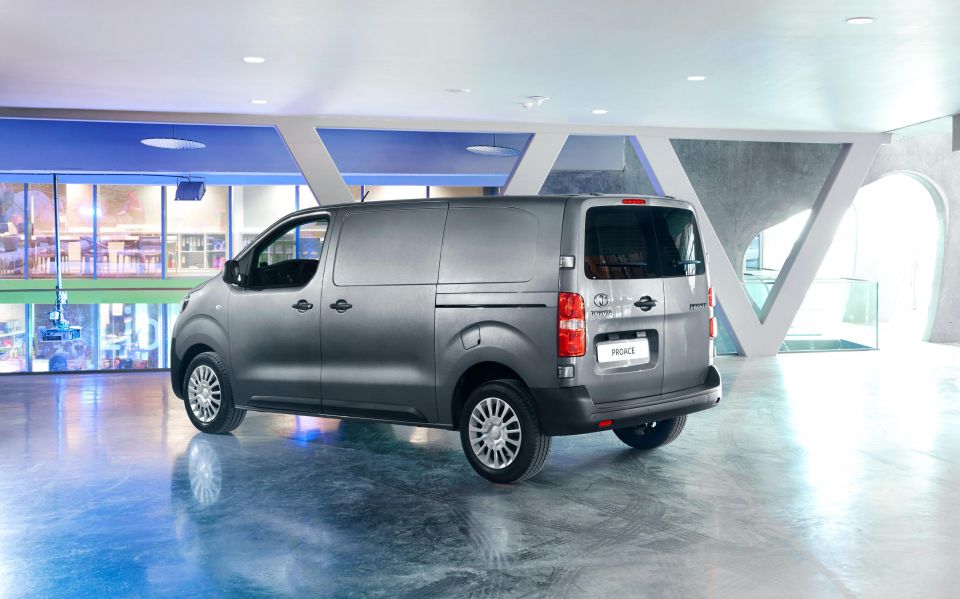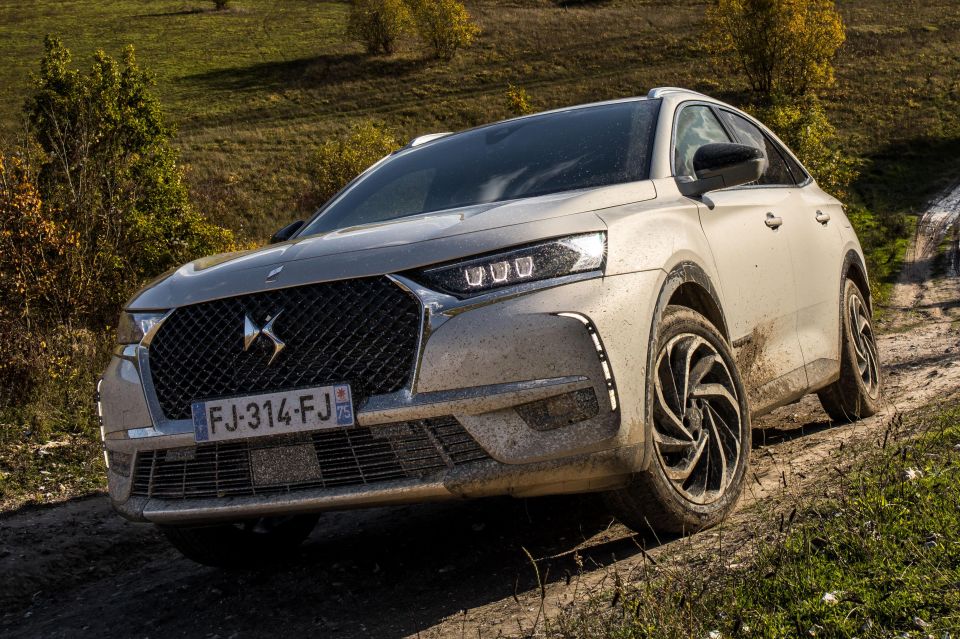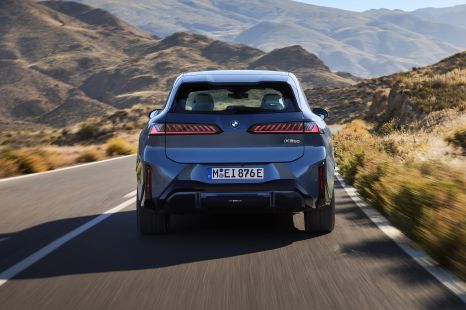

Max Davies
2026 Ram 1500 Rebel review
5 Days Ago
With this latest approval, Stellantis, the merged form of Fiat Chrysler Automobiles and the PSA Group, looks set to come into being during the first quarter of 2021.

Journalist


Journalist
The last major roadblock to Fiat ChryslerAutomobiles (FCA) and Groupe PSA swapping stock to become Stellantis has seemingly been overcome.
Sources have told Reuters the European Commission has approved the merger deal with only a few tweaks required for the wording.
The commission’s chief concern was the merged company’s estimated 34 per cent share of the European light van market, which is roughly double what Ford and Renault can each muster.


To allay these fears, PSA has offered to make more ProAce models at a lower cost for Toyota.
The two automakers have also reportedly agreed to allow their dealers in certain cities the right to repair vehicles from other manufacturers.
When the “merger of equals” is completed, likely during the first quarter of 2021, the new entity will be known as Stellantis and will be domiciled in the Netherlands.
While stock will be split evenly between FCA and PSA shareholders, and both companies will each nominate five board members, the former French automaker will exert more control as Carlos Tavares, PSA’s CEO, will be the new chief executive of Stellantis and occupy its 11th board seat.
Stellantis is expected to be world’s fourth largest automaker by volume behind the Volkswagen Group, Toyota, and the Renault-Nissan-Mitsubishi Alliance.
In total Stellantis will have 13 active brands in its portfolio: Fiat, Lancia, Alfa Romeo, Maserati, Chrysler, Dodge, Jeep, Ram, Peugeot, Citroen, DS, Opel and Vauxhall.


Although the new automaker will have a presence all around the world, a large chunk of its profits will come from Jeep and pickup truck sales in the US.
Stellantis will have strong market shares in Europe, the US and Latin America, but it’ll be weak in China and the rest of Asia like FCA and PSA currently are.
Tavares has indicated the company will keep all of its existing marques, and not close any factories.
Improved scale and reduced development costs derived from shifting the vast majority of vehicles onto a few common platforms are expected to drive 80 per cent of the savings. Reduced back-end overheads are said to account for the rest.
Derek Fung would love to tell you about his multiple degrees, but he's too busy writing up some news right now. In his spare time Derek loves chasing automotive rabbits down the hole. Based in New York, New York, Derek loves to travel and is very much a window not an aisle person.


Max Davies
5 Days Ago


Max Davies
4 Days Ago


Neil Briscoe
3 Days Ago


Max Davies
2 Days Ago


Alborz Fallah
15 Hours Ago


Damion Smy
15 Hours Ago